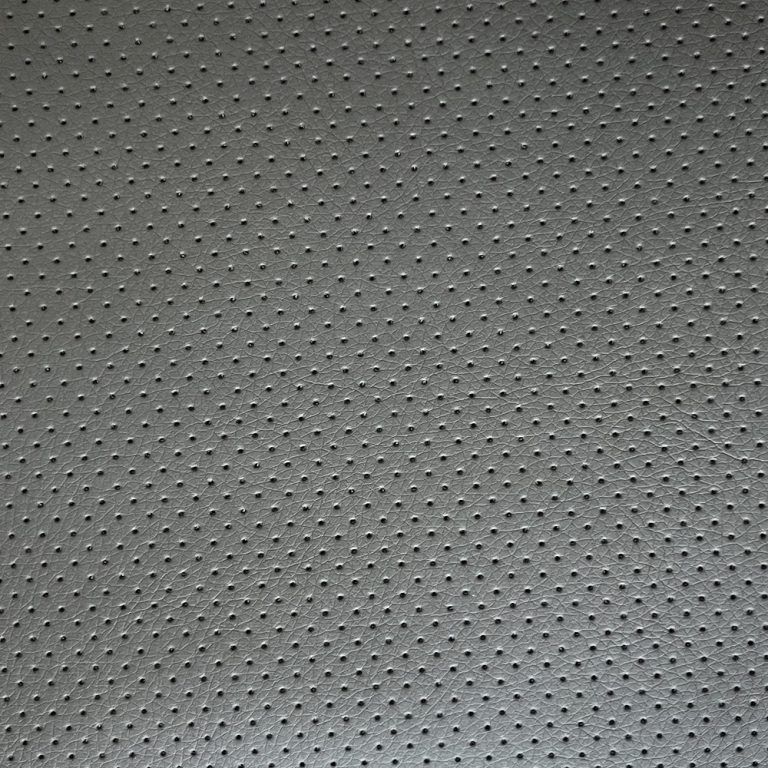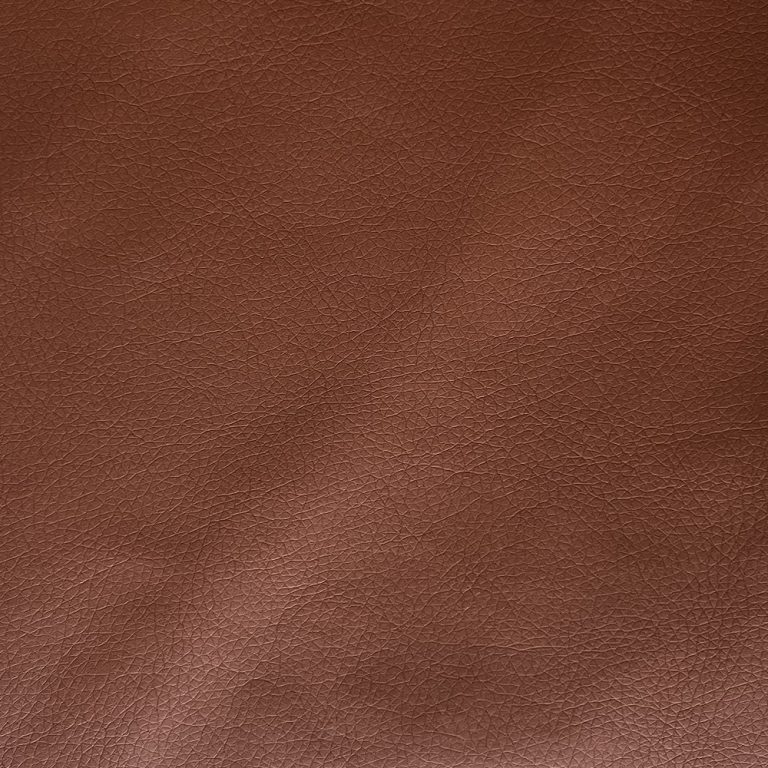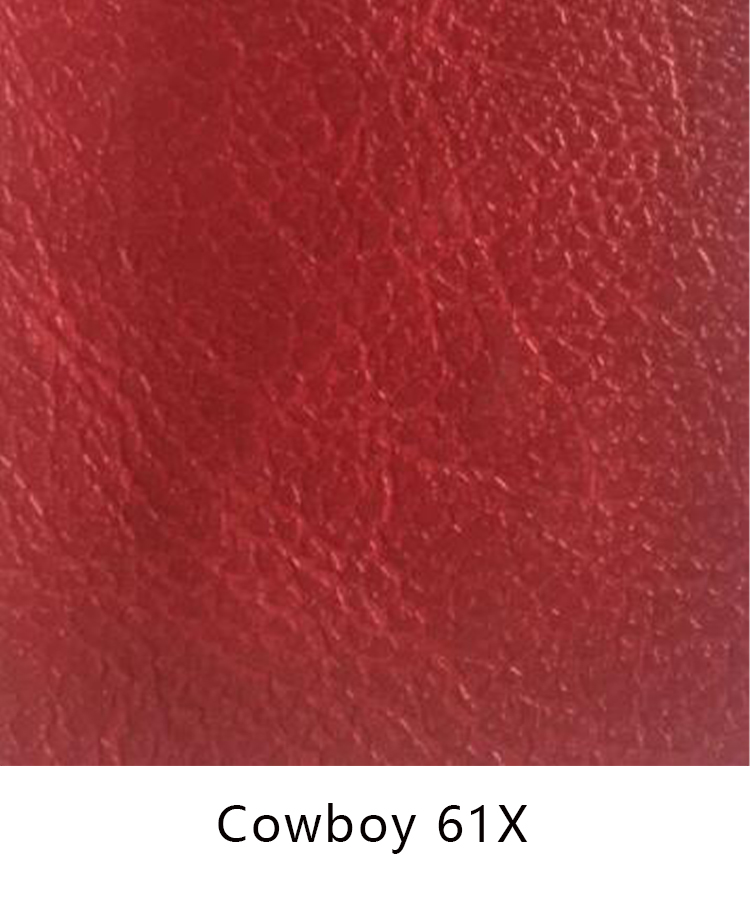Table of Contents
Sustainable Materials for Shoe Uppers
Shoe upper manufacturers play a crucial role in the footwear industry by providing the materials that make up the top part of a shoe. In recent years, there has been a growing demand for sustainable materials in shoe production, including for shoe uppers. Sustainable materials are those that have a minimal impact on the environment and are sourced and produced in an ethical manner. This shift towards sustainability is driven by increasing consumer awareness of environmental issues and a desire for more eco-friendly products.
One of the most popular sustainable materials for shoe uppers is recycled polyester. Recycled polyester is made from post-consumer plastic bottles that are melted down and spun into fibers. This process reduces the amount of plastic waste that ends up in landfills and oceans, making it a more environmentally friendly option compared to traditional polyester. Additionally, recycled polyester has the same properties as virgin polyester, making it a versatile material for shoe uppers.
Another sustainable material that is gaining popularity in the footwear industry is organic cotton. Organic cotton is grown without the use of synthetic pesticides or fertilizers, making it a more sustainable and environmentally friendly option compared to conventional cotton. Shoe upper manufacturers can use organic cotton to create breathable and comfortable shoe uppers that are also better for the planet. By choosing organic cotton, consumers can support sustainable farming practices and reduce their carbon footprint.
In addition to recycled polyester and organic cotton, shoe upper manufacturers are also exploring other sustainable materials such as hemp and bamboo. Hemp is a fast-growing plant that requires minimal water and pesticides to grow, making it a more sustainable option compared to other natural fibers. Shoe uppers made from hemp are durable, breathable, and biodegradable, making them a popular choice for eco-conscious consumers. Bamboo is another sustainable material that is known for its softness and moisture-wicking properties. Shoe uppers made from bamboo are lightweight, breathable, and antimicrobial, making them a great choice for those looking for sustainable and comfortable footwear.
Transitioning to sustainable materials for shoe uppers is not only beneficial for the environment but also for the workers involved in the production process. Sustainable materials are often sourced and produced in a more ethical manner, ensuring fair wages and safe working conditions for workers. By choosing shoe uppers made from sustainable materials, consumers can support companies that prioritize environmental and social responsibility.
In conclusion, sustainable materials for shoe uppers are becoming increasingly popular in the footwear industry due to growing consumer demand for eco-friendly products. Shoe upper manufacturers play a key role in this shift towards sustainability by sourcing and producing materials that have a minimal impact on the environment. Recycled polyester, organic cotton, hemp, and bamboo are just a few examples of sustainable materials that can be used to create comfortable and stylish shoe uppers. By choosing footwear made from sustainable materials, consumers can make a positive impact on the planet and support companies that prioritize environmental and social responsibility.
Innovative Technologies in Shoe Upper Manufacturing
Shoe upper manufacturing has seen significant advancements in recent years, thanks to innovative technologies that have revolutionized the way shoes are made. One key player in this industry is the shoe upper manufacturer, responsible for creating the top part of the shoe that covers the foot. These manufacturers play a crucial role in the production of high-quality footwear, using cutting-edge techniques to ensure durability, comfort, and style.
One of the most notable technologies used by shoe upper manufacturers is 3D printing. This revolutionary process allows for the creation of intricate designs and patterns that were previously impossible to achieve with traditional manufacturing methods. By using 3D printing, shoe upper manufacturers can produce customized shoes that perfectly fit the wearer’s foot, providing unparalleled comfort and support.
In addition to 3D printing, shoe upper manufacturers are also utilizing advanced materials such as recycled plastics and sustainable fabrics to create eco-friendly footwear. These materials not only reduce the environmental impact of shoe production but also offer superior performance and durability. By incorporating sustainable materials into their designs, shoe upper manufacturers are leading the way in creating a more sustainable and ethical fashion industry.
Another key technology that shoe upper manufacturers are embracing is automation. By using automated machinery and robotics, manufacturers can streamline the production process, reduce labor costs, and increase efficiency. This allows for faster turnaround times and higher production volumes, ensuring that shoes are made quickly and efficiently without sacrificing quality.
Furthermore, shoe upper manufacturers are investing in research and development to create innovative designs that push the boundaries of traditional shoe manufacturing. By experimenting with new materials, textures, and patterns, manufacturers are able to create shoes that are not only stylish but also functional and comfortable. This commitment to innovation has led to the development of cutting-edge footwear that meets the demands of today’s consumers.


In conclusion, shoe upper manufacturers are at the forefront of the footwear industry, using innovative technologies to create high-quality shoes that are both stylish and sustainable. By embracing 3D printing, sustainable materials, automation, and research and development, manufacturers are able to produce shoes that are durable, comfortable, and environmentally friendly. As technology continues to advance, we can expect to see even more exciting developments in shoe upper manufacturing, leading to a new era of footwear that combines style, performance, and sustainability.
Customization Options for Shoe Upper Designs
Shoe upper designs play a crucial role in the overall aesthetics and functionality of a shoe. As the part of the shoe that covers the foot, the upper design not only contributes to the style of the shoe but also affects its fit, comfort, and performance. For shoe manufacturers looking to create unique and innovative footwear, customization options for shoe upper designs are essential.
One of the key customization options for shoe upper designs is the choice of materials. Different materials offer varying levels of durability, flexibility, breathability, and aesthetics. Leather, synthetic materials, mesh, and knit fabrics are just a few examples of the materials that can be used to create shoe uppers. By selecting the right material for the upper design, shoe manufacturers can achieve the desired look and feel for their footwear.
In addition to materials, shoe manufacturers can also customize the construction of the shoe upper. This includes options such as stitching patterns, overlays, cutouts, and embossing. These design elements can be used to create unique textures, patterns, and visual effects on the shoe upper. By experimenting with different construction techniques, shoe manufacturers can create one-of-a-kind designs that set their footwear apart from the competition.
Another important customization option for shoe upper designs is the choice of color and print. The color scheme of a shoe can greatly impact its overall appearance and appeal. Shoe manufacturers can choose from a wide range of colors and prints to create eye-catching designs that cater to different consumer preferences. Whether it’s a bold and vibrant color palette or a subtle and understated print, the possibilities for customization are endless.
Furthermore, shoe manufacturers can also incorporate branding elements into the shoe upper design. This includes options such as logos, slogans, and graphics that help to establish brand identity and differentiate the footwear from competitors. By strategically placing branding elements on the shoe upper, manufacturers can create a cohesive and recognizable look for their products.
When it comes to customization options for shoe upper designs, the sky’s the limit. From materials and construction techniques to color schemes and branding elements, there are countless ways to create unique and innovative footwear. By exploring different customization options, shoe manufacturers can push the boundaries of design and create shoes that resonate with consumers on a personal level.
| No. | Commodity Name |
| 1 | Shoe Upper |
In conclusion, customization options for shoe upper designs are essential for shoe manufacturers looking to create distinctive and appealing footwear. By carefully selecting materials, experimenting with construction techniques, choosing colors and prints, and incorporating branding elements, manufacturers can create shoes that stand out in a crowded market. With a focus on creativity and innovation, the possibilities for customization are endless, allowing manufacturers to create footwear that not only looks great but also performs well and meets the needs of consumers.







